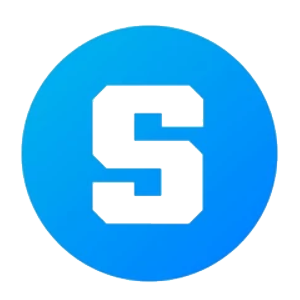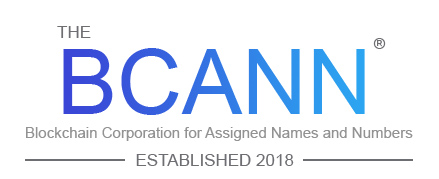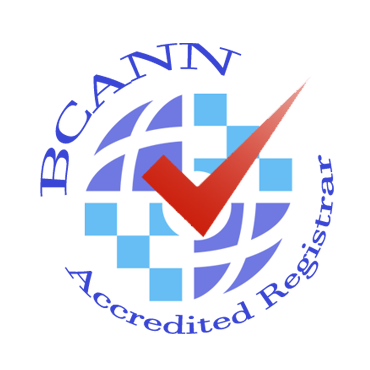
Launched in 2011 by Pixowl, The Sandbox is a blockchain-based virtual world allowing users to create, build, buy and sell digital assets in the form of a game. By combining the powers of decentralized autonomous organizations (DAO) and non-fungible tokens (NFTs), the Sandbox creates a decentralized platform for a thriving gaming community.
According to the official whitepaper, the Sandbox platform’s main mission is to introduce blockchain technology in mainstream gaming successfully. The platform focuses on facilitating a creative “play-to-earn” model, which allows users to be both creators and gamers simultaneously. The Sandbox employs the powers of blockchain technology by introducing the SAND utility token, which facilitates transactions on the platform.
Who Are the Founders of The Sandbox?
Arthur Madrid is co-founder and CEO at Pixowl, and he is one of the driving forces behind The Sandbox. He graduated with a degree in economics from Université Paris Dauphine in 2000. Madrid’s professional career began as a consultant for Eurogroup Consulting France, but he soon found his entrepreneurial spirit. In 2001, he founded 1-Click Media, which was later purchased by Ipercast.
Sebastien Borget is also a co-founder at Pixowl and serves as the COO of the company. He graduated with a degree in computer systems networking and telecommunications from Institut national des Télécommunications in 2007. His professional career began as a project lead for 1-Click Media, and since then, Arthur Madrid and Sebastien Borget have been an entrepreneurial duo. They founded Pixowl in 2011 and have been continually working on projects together.
The Sandbox Play-to-Earn Model
The dynamic game was developed according to the Play-to-Earn (P2E) business model. It allows players to participate in the in-game economy, contribute and receive benefits in the form of digital assets (cryptocurrencies and NFTs). Thus, players are constantly creating valuable items that can be sold on the marketplace. The game not only unleashes the creativity of users from all over the world but also empowers them to shape the universe with NFTs.
The Sandbox is building a decentralized digital platform for a growing gaming community, combining Decentralized Autonomous Organizations (DAO) and non-fungible tokens (NFTs). In its universe, users can play the role of both creators and players.
The Sandbox Products
The Sandbox metaverse consists of three products. Game Maker is a set of tools that allows users to create and test 3D games on their LAND using ASSETS. The program enables editing game elements, such as environments or characters, and NFTs without requiring advanced programming skills.
VoxEdit is a free software for platform users. The application has been developed for 3D voxel modeling and creation of NFTs. Voxels are 3D pixels that can be edited and shaped via Voxel Editor. The VoxEdit tool offers players to create avatar-oriented equipment, like clothes, weapons, pets. It is also used to generate items for interaction on The Sandbox platform. Virtual items can be monetized as NFTs, namely moved from VoxEdit to The Sandbox Marketplace, turned into ASSETS, and then sold. All transactions are implemented in $SAND.
The Sandbox Marketplace launched in the spring 2021. The platform is an NFT marketplace where players can upload, release and sell their NFT creations (ASSETS) with SAND tokens. The InterPlanetary File System (IPFS) is used to store all information about ASSETS.
What Makes The Sandbox Unique?
The Sandbox is a unique platform because it introduces blockchain technology to the world of gaming. The gaming industry is a huge untapped market when it comes to the adoption of blockchain tech, and Pixowl saw that in 2011. By creating a universe where gamers can create and collect blockchain-based assets, the Sandbox aims to revolutionizes the market. It makes a niche for itself in the global market of gaming.
By focusing on user-generated content, the Sandbox creates a metaverse of involved players who contribute to the platform’s further development. Not only that, by introducing the SAND token, the Sandbox promotes decentralized governance and allows users to share their views and ideas about the development of the project. Thanks to the evolving technology, decentralized governance is becoming a must-have in blockchain-based projects.
The company started out with a bang and attracted support and investments from numerous big names in the gaming industry. These include brands like Atari, Helix and CryptoKitties.
Related Pages:
Read more about Enjin Coin.
Find out more about Decentraland.
Learn more about DApps.
Have a look at the CoinMarketCap blog.
The Sandbox Native Tokens
The Sandbox has several types of native tokens for interacting with the platform. SAND is an in-game currency and an ERC-20 token, which means holders can store and earn rewards for holding. SAND is a utility token, therefore it is essential for the implementation and facilitation of all types of transactions on the platform. In addition, SAND is a governance token, its holders can vote for changes through the DAO. SAND tokens can be used to purchase virtual plots of land, engage with NFTs, as well as to receive privileges.
LAND is an NFT-type token, or digital real estate element, that uses an ERC-721 non-fungible token standard issued on Ethereum. LAND allows users to monetize their gaming experience. Players can buy LAND for $SAND or $ETH through Public Sales, The Sandbox Marketplace, and other NFT platforms.
ASSETS are in-game objects, or NFTs, that are created by users themselves. Voxel models are made with VoxEdit and traded in The Sandbox Marketplace.
How Many The Sandbox (SAND) Coins Are There in Circulation?
There is a maximum and total supply of 3,000,000,000 SAND tokens. Currently, about 680,266,194 SAND tokens are in active circulation, which represents 23% of the total supply available as of March 2021.
Of the total token supply, about 25.82% was set aside in a company reserve. Another 17.18% were allocated for the seed sale of the token. The founders and team members secured about 31% of the total token supply distributed among them. Around 12% of the total supply were set aside for a dedicated Binance Launchpad Sale, and another 10% were dedicated as rewards to advisors on the project.
How Is The Sandbox Network Secured?
As the Sandbox virtual world is built on top of the Ethereum blockchain, it is secured by the proof-of-stake (PoS) consensus mechanism. The SAND token is a standard version ERC-20 token, which means owners can stake it and benefit from staking rewards.
Unlike the proof-of-work (PoW) consensus mechanism employed by the Bitcoin blockchain, PoS does not require vast amounts of electrical or computing power to validate transactions. It relies on stakeholders with the largest holdings in SAND tokens. The PoS consensus mechanism allows for a lot of diverse applications while still ensuring the security of staked funds.
Where Can You Buy The Sandbox (SAND)?
The Sandbox is enjoying a rise in interest from both investors and users, and more exchanges have started offering trades with the SAND token. Binance has the largest trading volume of SAND/BUSD, with $7,015,941 processed in transactions so far as of March 2021.
Other options for buying SAND include Uniswap (V2), Gate.io, and LATOKEN.


